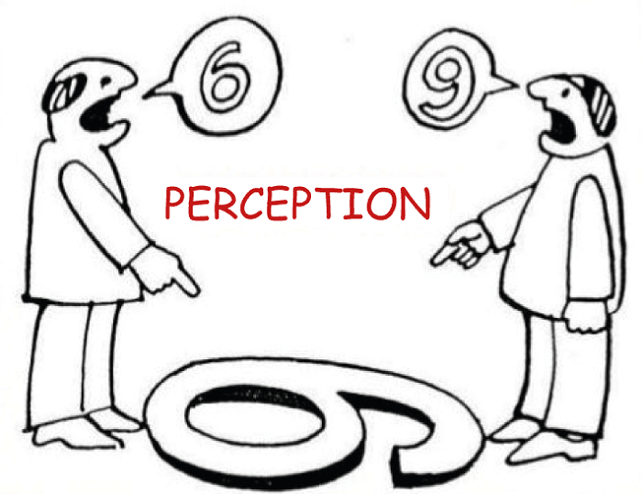Perception DefinitionWhat is Perception?Perception is the way we interpret and understand the world around us. It is the process by which our brain takes in information from our senses and creates a mental representation of the world. Our perceptions are shaped by our experiences, beliefs, and biases, and they can sometimes be very different from objective reality. Human perception is a complex and fascinating phenomenon that has been studied by scientists and philosophers for centuries. It is a multi-layered process that involves various stages, starting from the gathering of sensory information and ending with the interpretation of that information by the brain. Each stage has its own set of challenges, and it is easy to see how perception can sometimes be distorted or biased. 
Perception is also influenced by our expectations. We have certain expectations about the world around us, and these expectations shape the way we interpret new information. For example, if you expect to see a dog when you look out the window, you might interpret a vague shape in the shadows as a dog, even if it is actually a cat. Our expectations can also lead us to ignore or discount information that contradicts our beliefs, a phenomenon known as confirmation bias. One of the most interesting aspects of perception is that it can be manipulated. There are various optical illusions and perceptual tricks that demonstrate how our perception can be distorted or altered. For example, the famous optical illusion known as the Ames room demonstrates how our perception of size and distance can be distorted. In this illusion, a room is built with distorted walls, which cause people and objects inside the room to appear differently sized, even though they are actually the same size. History of PerceptionThe history of perception is a fascinating journey that spans back to ancient times. From the earliest civilizations to the present day, humans have been trying to understand the world around them and how they perceive it. Our perceptions have been shaped by the experiences we have had, the cultures we have grown up in, and the scientific advancements that have helped us better understand the world. In ancient times, the perception of the world was often based on superstitions and beliefs. People saw the world through the lens of their religious beliefs, and their perceptions were often influenced by myths and legends. For example, the Greeks believed that the world was made up of four elements: earth, water, air, and fire. These elements were considered the world's building blocks and were thought to have supernatural powers. As civilizations developed, so did our understanding of the world. With the advent of science, people began to question the beliefs and superstitions of the past and started to seek explanations based on evidence and experimentation. The works of great scientists like Galileo Galilei and Isaac Newton helped lay the foundations for modern science and changed the way we perceived the world. In the modern era, our perceptions have been shaped by advances in technology and science. From microscopes to telescopes, we now have the tools to study the world in greater detail and better understand it. The invention of photography and the camera has allowed us to capture images of the world around us, giving us a more accurate picture of reality. The advent of psychology and neuroscience has also helped us better understand the way we perceive the world. We now know that our perceptions are influenced by our memories, emotions, and experiences. This has led to a greater understanding of why we see things the way we do and how our perceptions can be altered. Types of PerceptionPerception is the way we make sense of the world around us. It is a complex process that involves the interpretation of sensory information and the creation of a mental representation of reality. Our perceptions are shaped by our experiences, beliefs, and biases, and they can sometimes be very different from objective reality. In this blog, we'll explore the different types of perception and how they impact the way we experience the world.
Factors Influencing Perception
ConclusionIn conclusion, perception is a complex and multi-layered process that allows us to make sense of the world around us. The different types of perception, including exteroception, interoception, proprioception, emotional perception, and cognitive perception, allow us to gather information about the environment, regulate our internal states, coordinate our movements, understand the emotional states of others, and engage in abstract thinking. Our perceptions are shaped by our senses, experiences, beliefs, and expectations, as well as cultural and social factors, and they can sometimes be very different from objective reality.
Next TopicPhysiology Definition
|
 For Videos Join Our Youtube Channel: Join Now
For Videos Join Our Youtube Channel: Join Now
Feedback
- Send your Feedback to [email protected]
Help Others, Please Share









